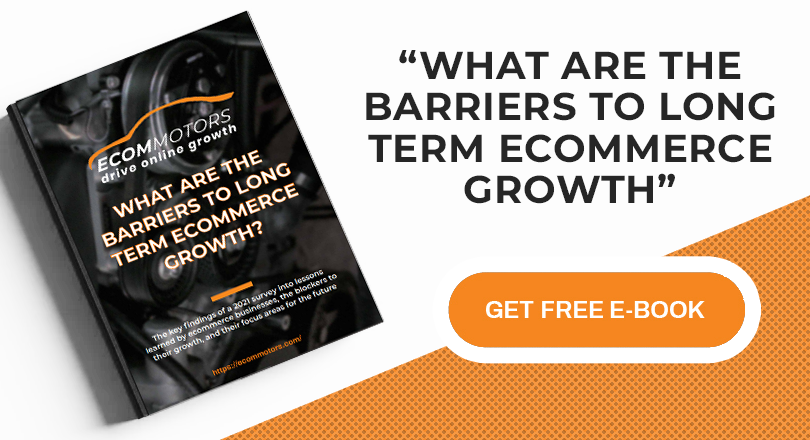
Following our guide to How to start selling, in this blog post we define omnichannel and multichannel. These are two very typical marketing strategies that are focused on using multiple channels to reach potential or existing customers. The main difference between them is the customer experience.
Omnichannel marketing combines sales and marketing so that customers get the same customer experience with your brand through all channels. Every interaction of the client with you changes this further experience with your products and brand. The client, with his or her needs and actions, is placed in the centre and your approach to them changes according to their actions, both in the physical world and online.
Multichannel trading in turn allows customers to order in the way that is most convenient for them at the time (in a physical site, on Facebook or in a marketplace, for example). What distinguishes this strategy is that each channel exists as a separate purchasing opportunity and lacks integration between individual channels and consumer behaviour.
Since the definitions of these two approaches sound quite close, we will illustrate them with an example: a traditional multichannel business can have a physical and online store as these two channels often have little integration and communication with each other. The physical store has separate availability from the website; often orders purchased online cannot be returned to the physical store.
What are the main differences?
The multi-channel approach strives for popularity through the maximum possible number of channels – it uses two or more channels (the most common are a physical store, social media and email communication) to reach the largest possible number of users. The more the better. Here, however, each channel is on its own.
On the other hand, the omnichannel approach is based on a more holistic approach to the customer, striving to provide an excellent overall customer experience with this brand through every possible channel. The focus is on building a strong relationship between consumers and the brand. It doesn’t matter if you bought your product online and you want to return it to the physical site or vice versa – if you want to check online which physical store has your size jeans of your favourite model and colour to go and try it on and buy from there.
The multi-channel approach to marketing uses the presence of the brand in many communication channels, giving customers the opportunity to connect with the brand in the most convenient way for them. The omnichannel approach uses data to analyse customer experiences and thus identify where customers are experiencing difficulties, and then eliminate the causes of these difficulties – thus maximising the customer experience with your brand.
For example, creating a mobile application (or selling on a marketplace that is mobile-responsive) allows us to save our favourite vehicle parts, sellers, accessories and deals and – on the way to the office perhaps – to order and pay with a few clicks, we create the opportunity for next day delivery. We’ve avoided the queue or the worry of not having the cash to pay. Convenient, isn’t it?
More and more companies applying the multichannel marketing approach are trying to use more productively the channels through which they reach their customers. They’ve realised the importance and benefits of enabling efficient and measurable trade, independent of individual channels. They strive to move to an omnichannel approach, optimising use of each channel according to an individualised and consistent customer experience.
To find out more about the automotive aftermarket, or for a no-obligation introductory discussion, please contact us.
Omnichannel trading removes the boundaries between different channels to create a comprehensive integrated process. The distinction between the different channels is of less importance than consideration of the buyer experience.
To be omni or multi?
From a customer’s point of view, no one is happy to see their experience with a brand being cut “piece by piece”. Everyone prefers to have a smooth and seamless customer experience at every stage. Even if it means going through several different channels to complete it, no one would want to have to start over with their registration when switching between channels, risking losing offers or goods.
And here’s the key question:
Does your business have the ability to take an omnichannel approach?
This approach requires a lot of resources and a comprehensive vision. An incompletely functioning omnichannel approach leads to a similar customer experience to a non-existing one. So, even though omnichannel trading may sound like the ideal solution, for some businesses it is better to start with a multichannel approach and gain experience to switch to an omnichannel approach.
If you want to have a non-obligatory conversation with us – please use the contact form. If you want to know more about us – visit our about us page.
automotive





















































